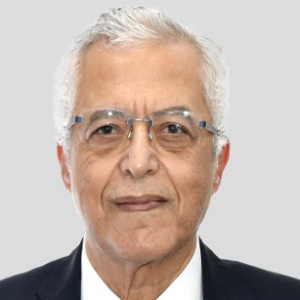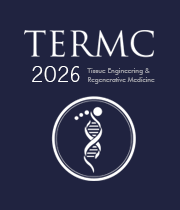Cell-Based Therapies
Cell therapy (also known as cellular therapy, cell transplantation, or cytotherapy) is a treatment in which living cells are injected, grafted, or implanted into a patient to achieve a therapeutic effect, such as by transplanting T-cells capable of fighting cancer cells via cell-mediated immunity during immunotherapy or grafting stem cells to regenerate diseased tissues. Scientists experimented with injecting animal material in an attempt to prevent and cure diseases in the eighteenth century, and cell therapy was born. The transfer of autologous or allogeneic cellular material into a patient for medicinal purposes is known as cell therapy. Cell therapy is still evolving today, with continuing clinical trials for safety and efficacy, and a global market predicted to grow from USD 9.5 billion in 2021 to USD 23.0 billion in 2028. Cell therapy incorporates unicellular and multicellular therapies based on stem cells and non-stem cells. It usually uses autologous or allogeneic cells, and it may involve genetic engineering or formulation changes. It can be used topically or as injectables, infusions, bio scaffolds, or scaffold-free systems. Cell therapy is used in a variety of therapeutic fields, including regenerative medicine, immunotherapy, and cancer treatment.

Nagy Habib
Imperial College London, United Kingdom
Lucie Bacakova
Institute of Physiology of the Czech Academy of Sciences, Czech Republic



Title : AI-integrated high-throughput tissue-chip for space-based biomanufacturing applications
Kunal Mitra, Florida Tech, United States
Title : Stem cell technologies to integrate biodesign related tissue engineering within the frame of cell based regenerative medicine: towards the preventive therapeutic and rehabilitative resources and benefits
Sergey Suchkov, N.D. Zelinskii Institute for Organic Chemistry of the Russian Academy of Sciences, Russian Federation
Title : In vitro evaluation of lyophilized Dedifferentiated Fat cells (DFAT) impregnated artificial dermis
Kazutaka Soejima, Nihon University, School of Medicine, Japan
Title :
Nagy Habib, Imperial College London, United Kingdom
Title :
Alexander Seifalian, Nanotechnology & Regenerative Medicine Commercialisation Centre, United Kingdom
Title : The regenerative medicine of the future
Marco Polettini, DVM, Italy